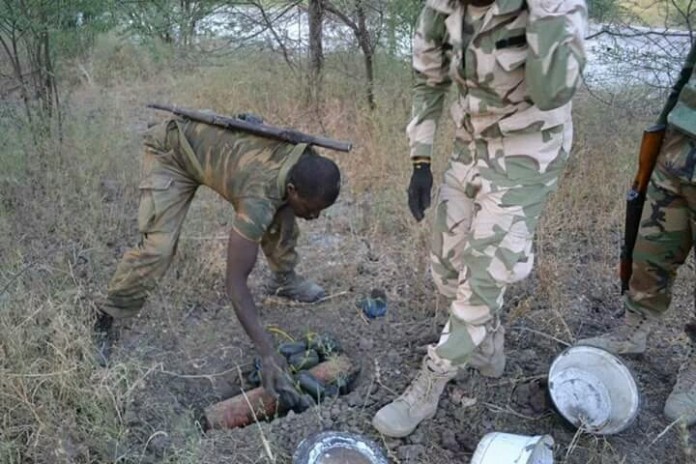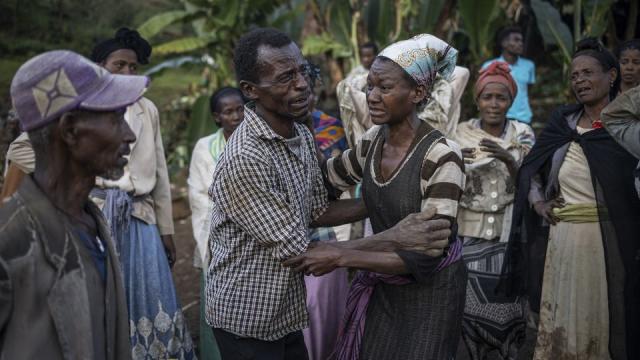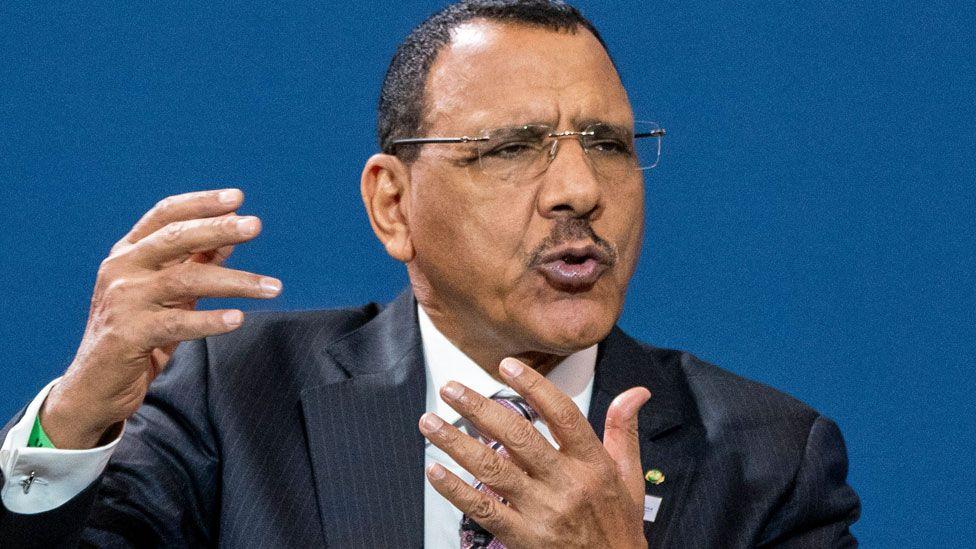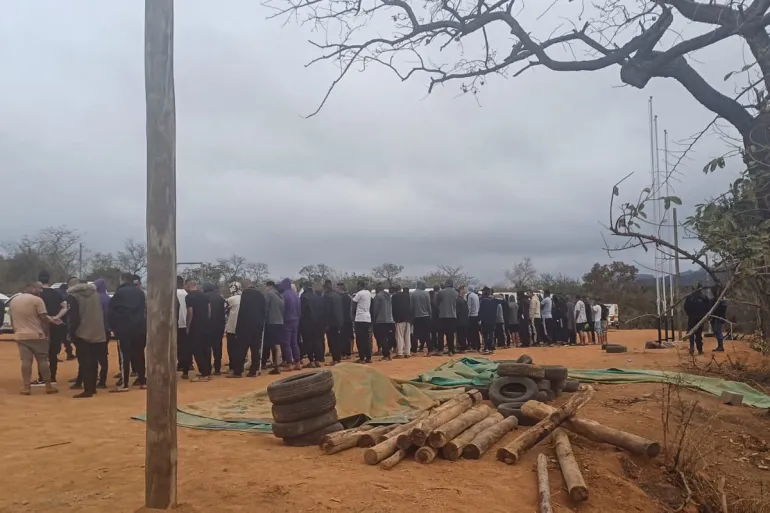
In a recent speech, Egyptian President Al-Sisi said, “There is no place in Egypt that won’t be untouched by the hand of development.”
As a part of its plan to modernize Old Cairo, the Egyptian government demolished historic neighborhoods that had defined the Egyptian capital, along with some historical tombs, cultural centers, and artisan workshops that held a significant place in Egypt’s rich history for decades.
Grounds were prepared for towering concrete buildings’ construction, as an increasing number of dilapidated neighborhoods disappeared. Meanwhile, families who had lived there for generations were relocated to the capital outskirts.
New capital
It is well-known that Cairo is densely populated with nearly 22 million people, making it one of the largest African capitals in terms of population density. However, President Abdel Fattah Al-Sisi is currently working swiftly to modernize this ancient city at a significant cultural cost.
Roads and new bridges are being rapidly constructed at a fast pace, to the extent that even taxi drivers and Google Maps have struggled to keep up.
This endeavor isn’t limited to renovating Cairo alone; it involves replacing it with a massive new capital, featuring tall towers and luxurious villas.
The estimated cost for the new capital alone is $59 billion, with billions more allocated to various construction projects, including roads and high-speed trains aimed at connecting the new capital with the old one.
Widespread criticism
The government’s project is destroying a “unique, architectural, historic fabric,” Ayman Wanas, an official with the government department that lists distinctive buildings, wrote in his resignation letter posted online. “It’s a waste of Egypt’s historic, valuable heritage which is irreplaceable.”
City of the Dead, a vast cemetery that has been in use for more than a millennium, was among the historic sites that could not escape the grip of destruction.
The demolition of cemeteries led to an uncommon outcry in Egypt where dissent has been suppressed for years under President Al-Sisi.
In August, numerous political parties, activists, prominent public figures, and non-governmental organizations signed a petition condemning the destruction. Additionally, five members of a government-formed committee of experts, tasked with examining the cemeteries, resigned in protest. They expressed frustration that their recommendations, which called for a halt to demolitions and the exploration of alternative routes, were disregarded by the authorities.
There were rumors that authorities temporarily halted the demolition of tombs in the main part of the cemetery. But there was no official announcement of the temporary halt and no word that the highway plans had been changed.
Over the centuries, the City of the Dead has become the resting place for Mamluk and Ottoman nobles, as well as ordinary Egyptians. It stands out as a unique, expansive open area in Cairo, characterized by its serene ambience. Here, dusty paths wind through a terrain adorned with tombstones, historic domes, and surprising pockets of lush vegetation. Within this landscape, you’ll find grand mausoleum complexes that house intricately carved and ornamented cenotaphs.
New cemetery
In 2020, a significant highway flyover was constructed at the southern end of the cemetery, leading to the destruction of hundreds of graves. The expanded plans now include the construction of two new highways, two large roundabouts, a giant cloverleaf interchange, and the widening of other roads.
Conservationists are deeply concerned that this development could mark the end of the City of the Dead as we know it, with its remaining parts becoming susceptible to further destruction.
The government has argued that these graves are not included in the list of officially protected historic Islamic and Christian monuments, a list that has seen little updating for decades.
Among the registered monuments are two 700-year-old minarets, which are being dismantled and relocated to make way for the roadwork. Additionally, the planned highways pass perilously close to several other recognized historical landmarks.
Prime Minister Moustafa Madbouly stated in June that alternative burial sites are being provided for families relocating their deceased loved ones ahead of the construction. He also mentioned plans to collect tomb markers of historic figures in a “Cemetery of the Immortals.”




